Immerse yourself in the First Nations culture in the Yukon
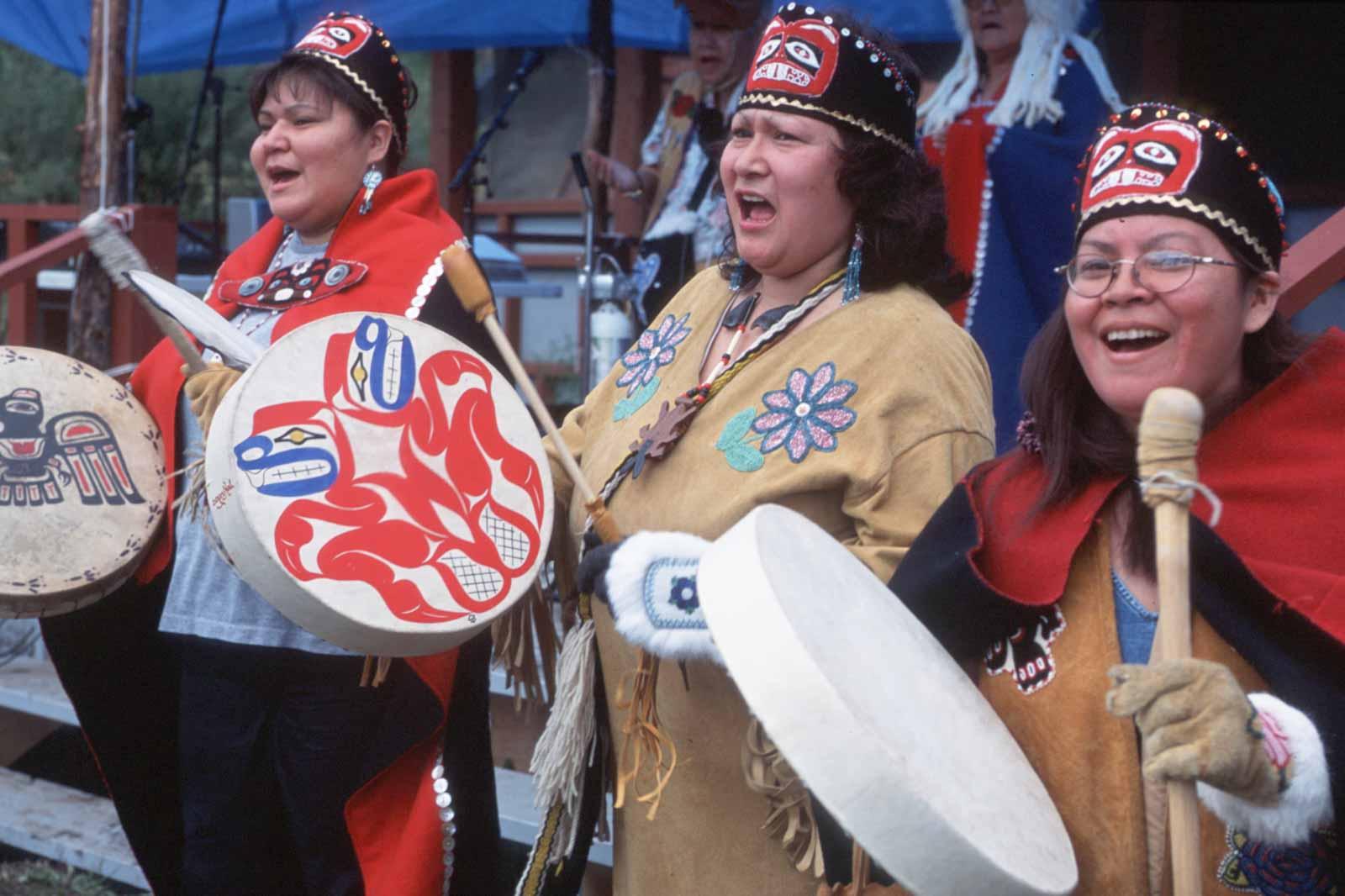
Fourteen First Nations call the Yukon home, and each has a fascinating story to tell. Their individual histories, cultures and customs are explored in a variety of cultural centres, museums, experiences and events found across the territory. No visit to the Yukon is complete without taking the time to gain a deeper understanding of its very first residents.
Museums
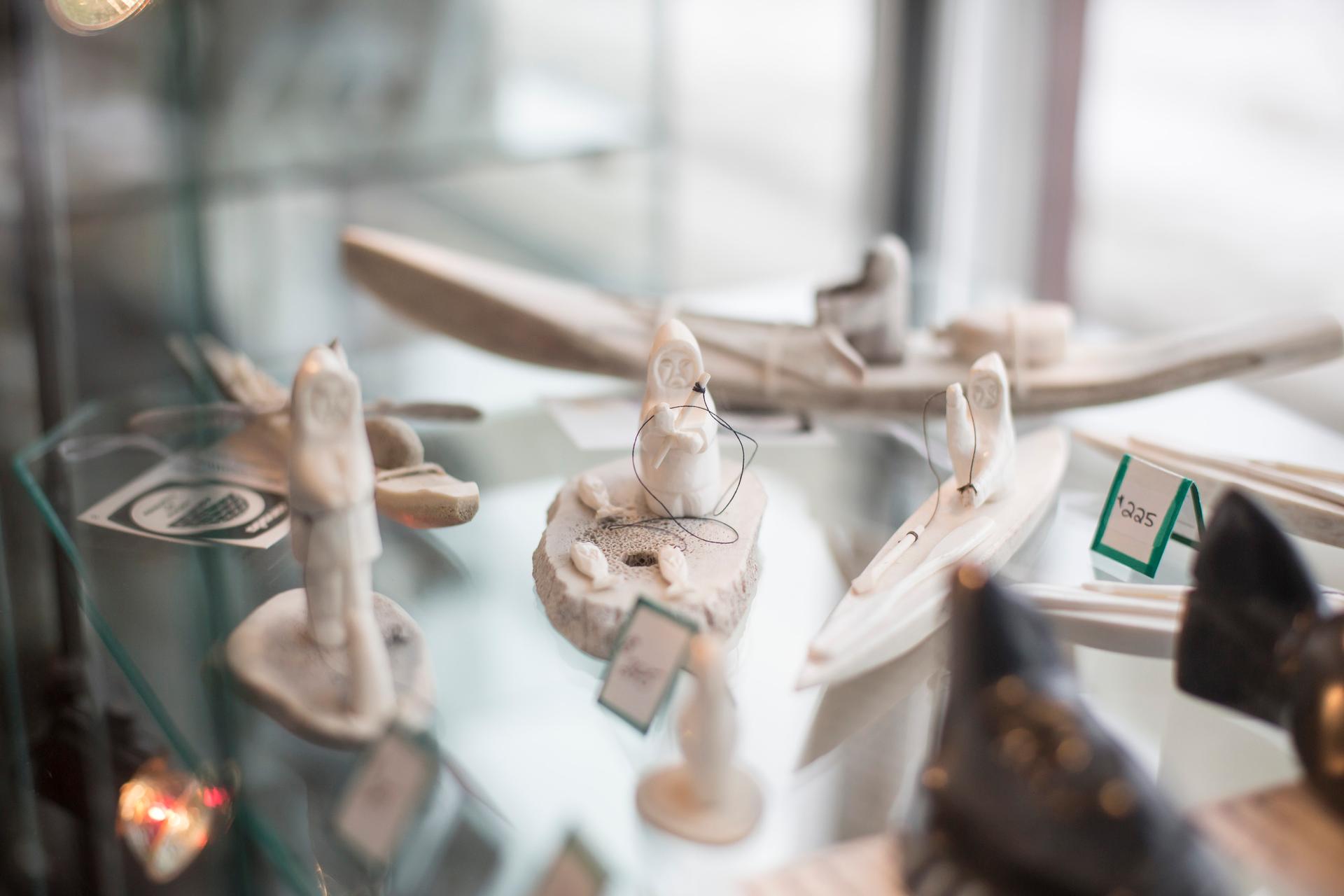
Several museums offer an in-depth look at the history of local First Nations.
Start at the very beginning, at the Yukon Beringia Interpretive Centre, and its exhibit on the first people in the Yukon. The exhibit traces the migration of peoples from Asia to North America some 15,000 years ago and tells the story using inspiration from stone tools and other artefacts dating back to the last Ice Age.
Moving forward many generations, the Dawson City Museum provides a glimpse into the history of the local Tr'ondëk Hwëch'in people up until the time of the fur trade and gold rush.
A permanent exhibit of traditional First Nations bead work, tools, and trade goods can be found at the MacBride Museum of Yukon History, in the territory's capital city, Whitehorse.
Then there's the George Johnston Museum, located in a native log building on the Alaska Highway in Teslin. This museum houses an impressive collection of Tlingit ceremonial artefacts, from drums to clothing, as well as domestic items. Explore the full-scale diorama of hunting and trapping items or watch films by and about the Tlingit people in the museum's theatre.
Cultural centres
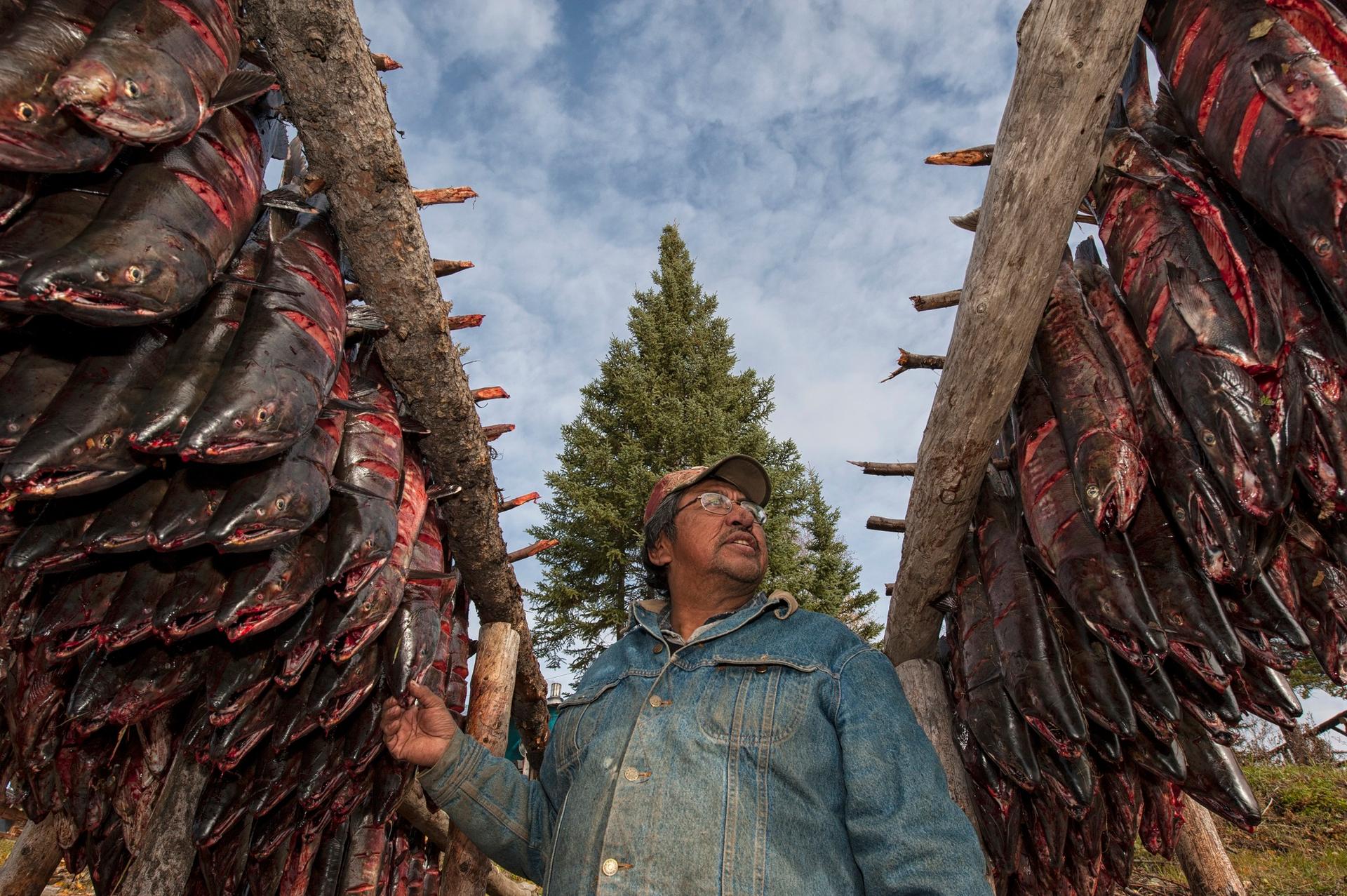
The best way to experience the history and culture of the First Nations people in the Yukon is to simply pay them a visit. Sometimes this means mingling with the friendly locals and hearing their stories around the dinner table. Often, though, these visits will involve visiting a cultural centre. These centres are built to preserve and promote the history and culture of these communities, and that's something you'll want to take advantage of.
The John Tizya Centre in Vuntut National Park is a place for visitors to learn about the culture and hunter-gatherer-trader history of the Vuntut Gwitchin people, the most northern community in the territory. Named after one of the community's most respected elders, the centre has audio recordings of other elders sharing their traditional stories. Sit down, close your eyes and listen.
The Northern Tutchone people of today and those in the past are celebrated at the Tagé Cho Hudän Interpretive Centre. A moose skin boat, beaded slippers, the world's only mammoth snare diorama and rare stone and bone tools are among the amazing artefacts you'll find in the centre's exhibits.
At the Dänojà Zho Cultural Centre, you'll immerse yourself in the culture and traditions of the Tr'ondëk Hwëch'in people, but also see how their community is thriving today. Browse the great gift shop filled with contemporary jewellery, crafts and beaded footwear made by local artists, and enjoy a guided river walk tour or art show.
Art also takes centre stage at the Kwanlin Dün Cultural Centre, whose exhibits celebrate the heritage of the Kwanlin Dün people. Large sculptures, carvings and works of art are all part of the centre's impressive display, which also hosts a number of events throughout the year. Kwanlin Dün people. Large sculptures, carvings and works of art are all part of the center's impressive display, which also hosts a number of events throughout the year.
Events and experiences
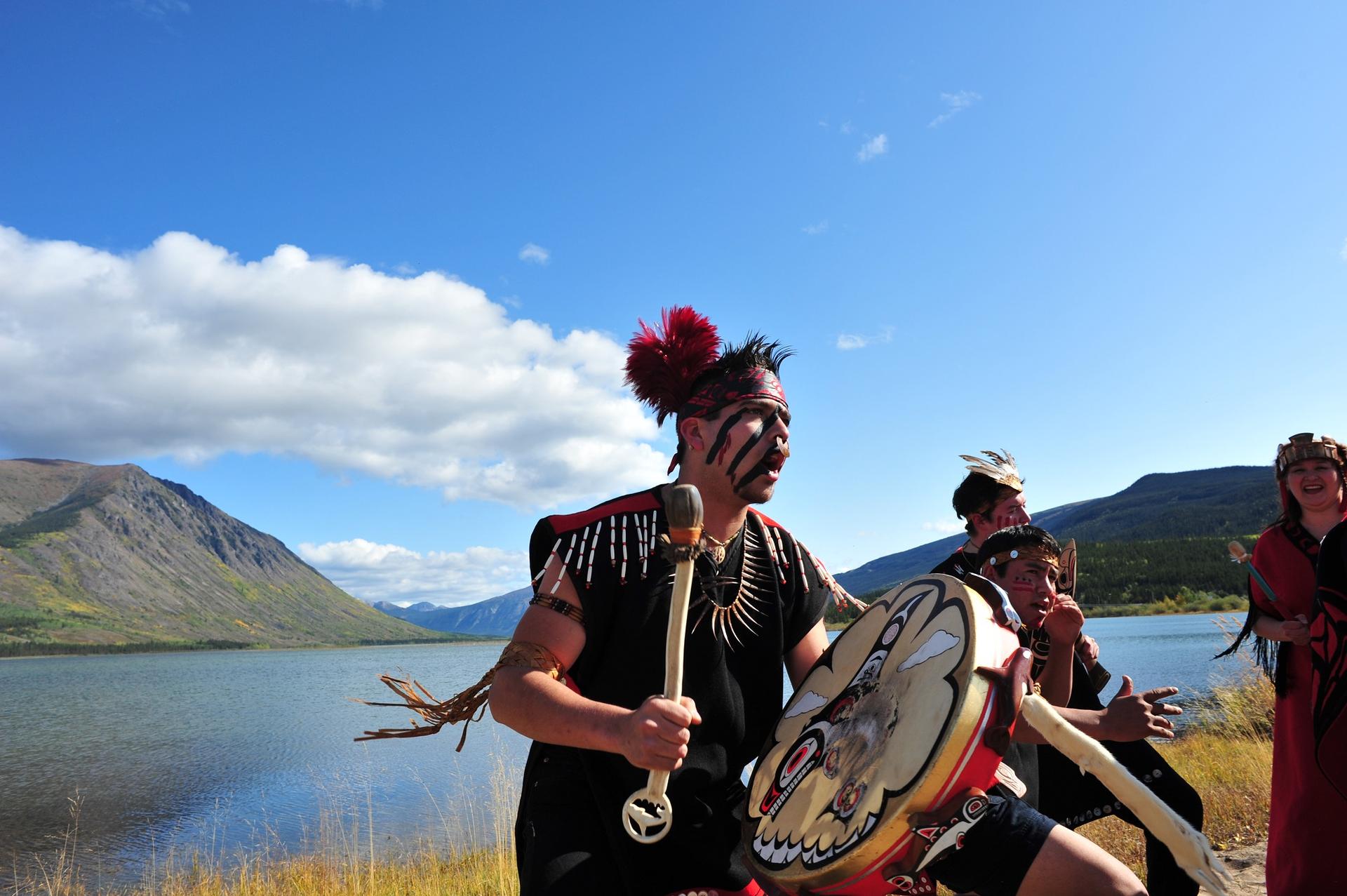
One of the most popular events in the Yukon is Whitehorse's annual Adäka Cultural Festival. Started in 2011, the festival highlights the creative spirit of the First Nations people in the territory by showcasing their arts and culture in a number of different ways. Enjoy traditional and contemporary dance, storytelling, and art, or participate in a workshop on carving, beading or traditional sewing.
Indigenous Peoples Day a Canada-wide event held on the summer solstice that is celebrated throughout the Yukon. On this day you can pay a visit to any number of First Nations communities and cultural centres and enjoy live music, art, traditional food, and special ceremonies.
If you can't plan your trip around these events, there are alternative ways to experience local cultures and traditions every day of the year.
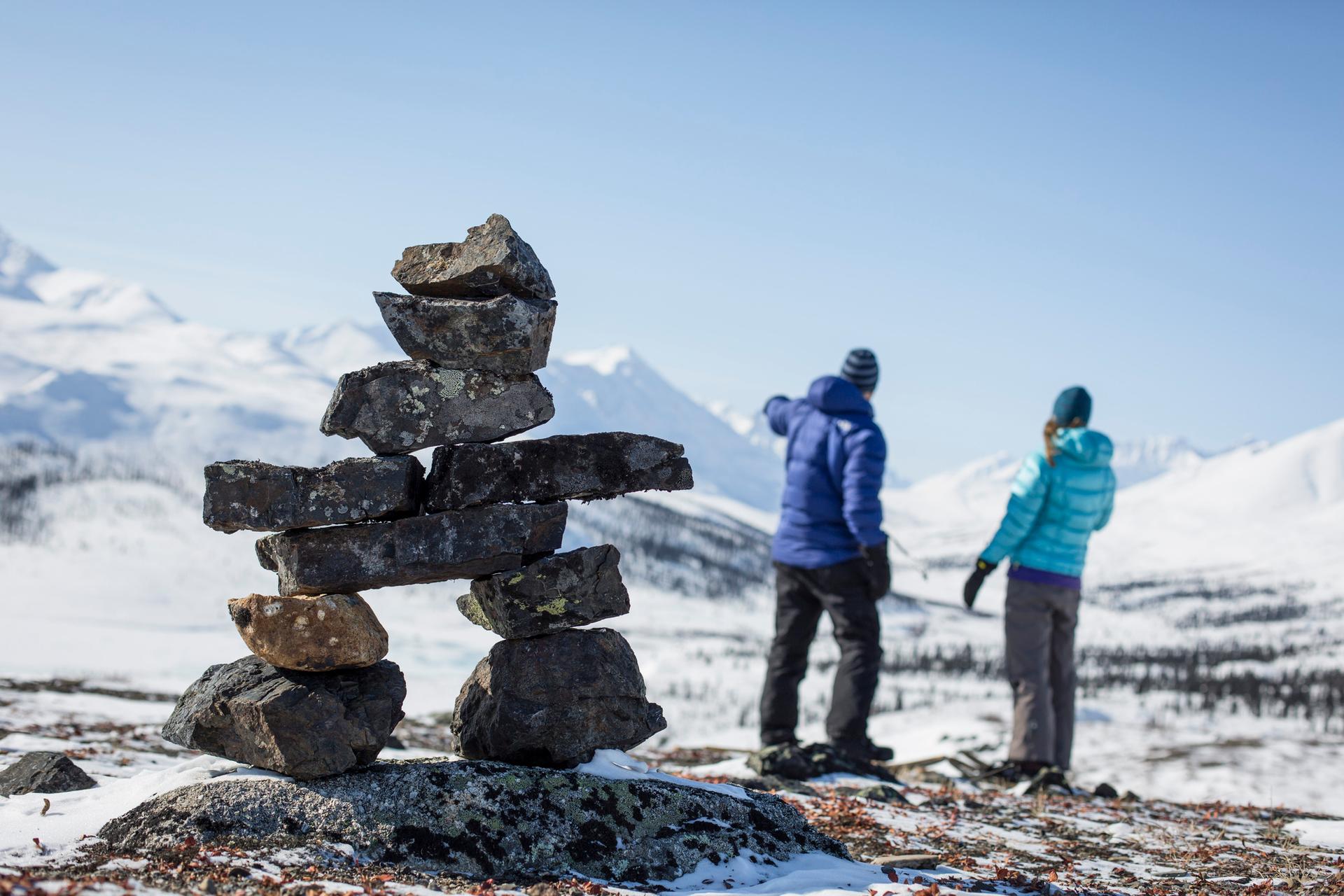
You could, for example, book a fishing tour with a local Indigenous guide who has generations of knowledge to share. You might take a hike in Tombstone Territorial Park and stumble across hunting blinds, stone tools, and even cemeteries created by the Tr'ondëk Hwëch whose history in the area traces back thousands of years. Or maybe you'd prefer to relax in the Takhini Hot Springs, natural mineral hot pools that were used for centuries by local First Nations.
Discover more Aboriginal experiences on the Yukon First Nations Culture & Tourism Association (YFNCT) website.